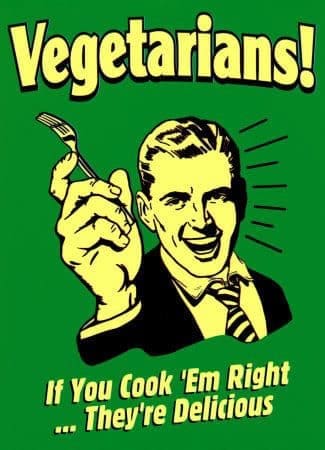
Many young people pursue the ideal of vegetarianism, often desiring to limit fat, cholesterol, and calories from their diet. There are potential problems in this pursuit, however, if not done carefully. The elimination of animal products often reduces the intake of good quality protein, as well as other nutrients, such as iron, calcium and vitamin B-12. There are ways to combine incomplete proteins together in order to make a complete protein. The following list and accompanying examples will show you how to do so.
Beans and Grains
- Beans and rice
- Lentil soup and bread
- Pasta and peas
- Tortilla shell and kidney beans
- Chickpeas on salad with whole grain bread
Dairy and Grains
- Yogurt and cereal
- Milk and crackers
- Cheese and bread
Seeds/Nuts and Legumes
- Sunflower seeds and peanuts
- Tahini and chickpeas
- Walnuts and lentils
Dairy and Seeds/Nuts
- Yogurt and cashews
- Milk and sunflower seeds
Although these combinations will make complete protein, let’s also explore the potential problems. For example, tofu and rice is not high in iron, thus a spinach salad with vinaigrette (acid to increase absorption of iron), will balance the meal. Cheese and bread can be limiting in iron, and potentially high in fat. Why not add raisins as a desert option! Seeds and nuts provide 170 calories per once and are approximately 85% fat.
A vegetarian diet can be a very healthy alternative if done properly. Keep a few things in mind:
Drink 3 cups milk daily or the equivalent. One cup milk equals one cup yogurt, 1 ounce swiss cheese, 1 cup cooked spinach, 3 cups beet or turnip greens.
Eat high iron sources – kidney and other beans, spinach, raisins, figs, apricots, dates, whole wheat bread, raisin bran cereal, molasses, kale, brown rice, brewer’s yeast.
Have an acid source with non-meat iron sources – lemon, orange, grapefruit, vinegar.
Get adequate B-12 – milk, eggs, low fat cheeses.

Be the first to comment